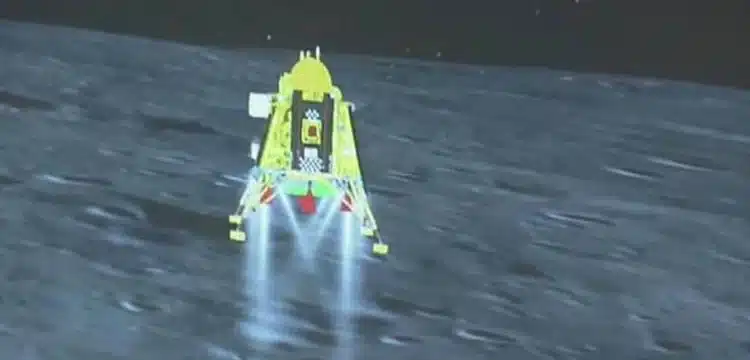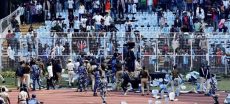[vc_row][vc_column][vc_column_text dp_text_size=”size-4″]Friction between India and China extends to space exploration after India’s recent accomplishment of successfully landing Chandrayaan-3 on the moon’s southern pole, surpassing China’s previous achievement. However, a prominent Chinese scientist disputes the landing site’s location, arguing it is not near the southern pole.
According to Ouyang Ziyuan, a key figure in China’s lunar exploration program, the Chandrayaan-3 landing spot at 69 degrees south latitude is significantly distant from the lunar pole, defined as the region between 88.5 and 90 degrees. On Earth, 69 degrees south would be within the Antarctic Circle, but on the moon, the lunar circle is much closer to the pole. Ouyang emphasized that Chandrayaan-3 was 619 kilometers (385 miles) away from the polar region.
Read more : India Launches Rocket for Lunar Mission, Aiming for South Pole Landing
Following Chandrayaan-3’s successful landing, Pang Zhihao, a senior space expert in Beijing, claimed that China possesses superior technology. He pointed out that China’s space program has been capable of sending orbiters and landers directly into Earth-moon transfer orbits since 2010, a feat India has yet to achieve due to limitations in its launch vehicle capacity. Zhihao also noted that China used a more advanced engine.
Nevertheless, Chandrayaan-3’s landing ventured farther south than any previous spacecraft, as reported by Mint. The Indian Space Research Organisation (ISRO) is currently attempting to reestablish contact with the Vikram lander and Pragyan rover on Chandrayaan-3 after the rover entered sleep mode a week ago. ISRO will continue its efforts until the next moon sunset, scheduled for October 6.
In 2019, China’s Chang’e 4 became the first spacecraft to land on the far side of the moon at a latitude of approximately 45 degrees south. In 1968, NASA’s unmanned Surveyor 7 spacecraft landed on the moon at a position around 41 degrees south.
Furthermore, both the United States and China are eyeing the moon’s southern region as they prepare for their upcoming missions to send astronauts to the moon, marking the first such missions since the conclusion of NASA’s Apollo program 50 years ago.[/vc_column_text][/vc_column][/vc_row]











